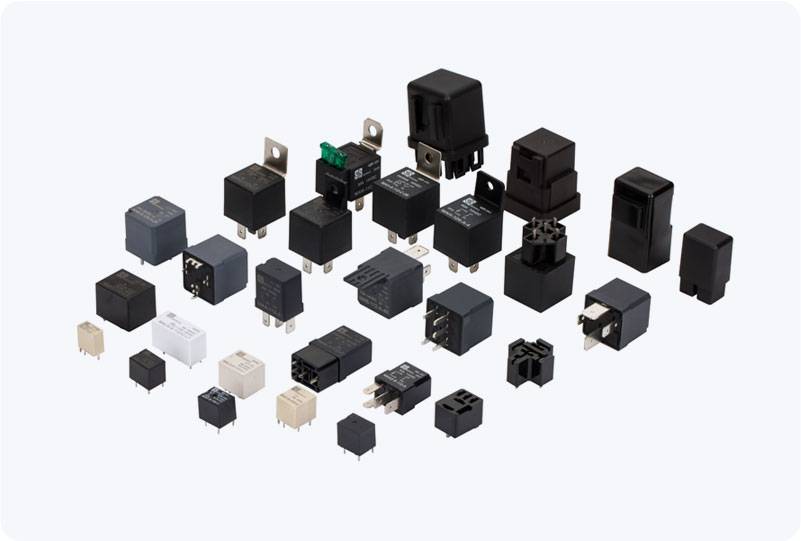automotive relay in extreme temperature: ensuring reliability and performance
Release time:2025-08-28 15:43:54
Automotive electronics have become integral to modern vehicle systems, and at the heart of these systems lies the Automotive relay. Relays serve as electromechanical switches, controlling various electronic components in vehicles such as lights, motors, and climate control systems. Given the diverse range of temperatures a vehicle can experience, Automotive relays must perform reliably under extreme conditions. Whether subjected to frigid winters or scorching summers, understanding how Automotive relays function in extreme temperatures is crucial for both manufacturers and end-users.

The Impact of Extreme Temperatures on Automotive Relays
Automotive relays are designed to operate in a broad range of temperatures. However, extreme conditions can significantly affect their performance and longevity. High temperatures, typically above 85°C, can cause overheating, leading to potential failure of electrical components within the relay. Similarly, low temperatures, especially those below -40°C, may result in mechanical freezing or sluggish operation.
High Temperatures: In hot climates or under the hood of a car, temperatures can rise significantly, often reaching above 100°C. These conditions can stress the relay’s internal components, such as the contacts and the coil. Prolonged exposure to high temperatures can result in the melting or corrosion of the relay’s contacts, reducing its ability to switch effectively. Furthermore, the insulation of wires may degrade, leading to short circuits or even complete relay failure.

